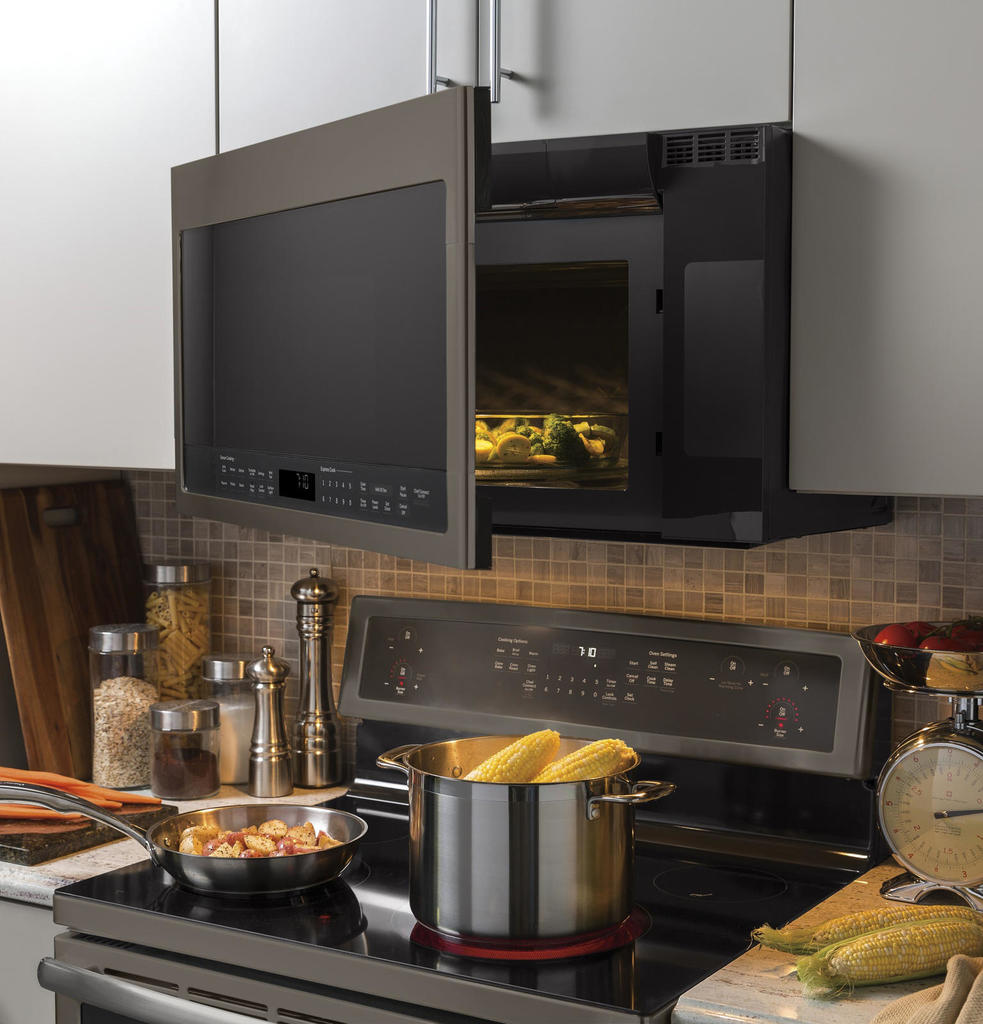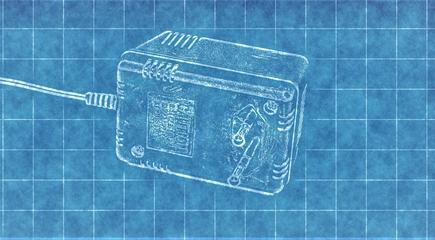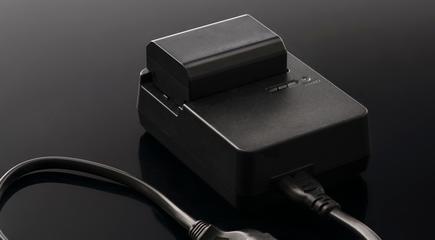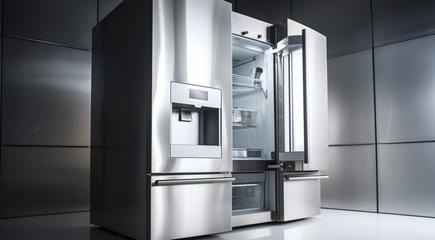DOE Appliance Standards for Microwave Ovens
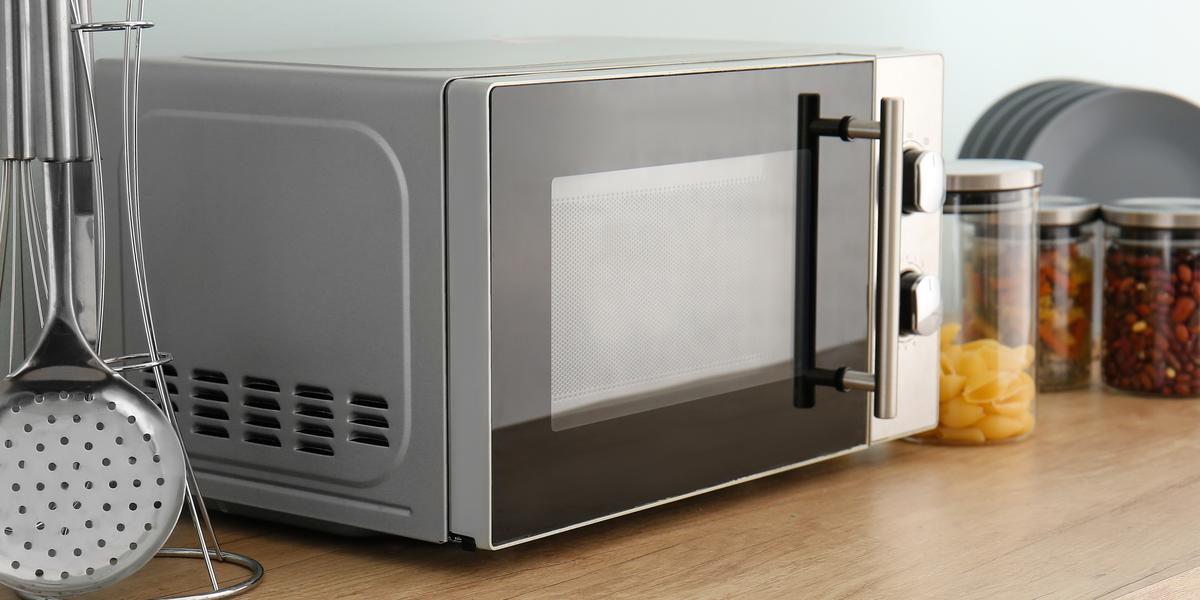
On October 11, 2022, the U.S. Department of Energy (DOE) held a public meeting to present its analysis and proposals for energy conservation standards for microwave ovens. The comment period on the supplemental notice of proposed rulemaking (SNOPR) has just closed. Current standards govern microwave oven standby mode and off mode energy use. There are no standards for active mode energy use.
There are two product classes for microwave ovens: 1) microwave-only ovens and countertop convection microwave ovens, and 2) built-in and over-the-range convection microwave ovens. Over-the-range models are typically more fully featured and have larger displays. Respective standby power limits in the present standards are shown in the table below.

| Product Class | Standards for Microwave Ovens Manufactured on or after June 17, 2016 |
|---|---|
| Microwave-only ovens and countertop convection microwave ovens | Maximum Standby Power = 11.0 Watt |
| Built-in and over-the-range convection microwave ovens | Maximum Standby Power = 2.2 Watt |
From product testing of 33 models, the DOE has considered four efficiency levels: Baseline (EL0), Efficiency Level 1 (EL1) Efficiency Level 2 (EL2), and Max Tech (EL3). The Baseline efficiency level reflects the current standards for both product classes, whereas the Max Tech level derives from those units with the lowest tested standby power.
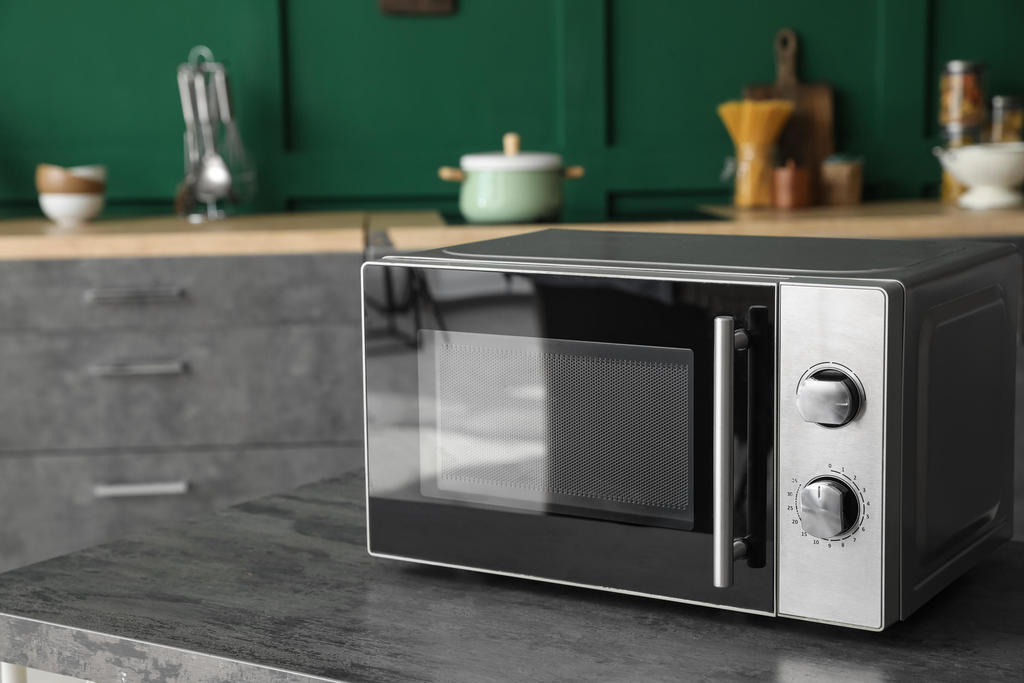
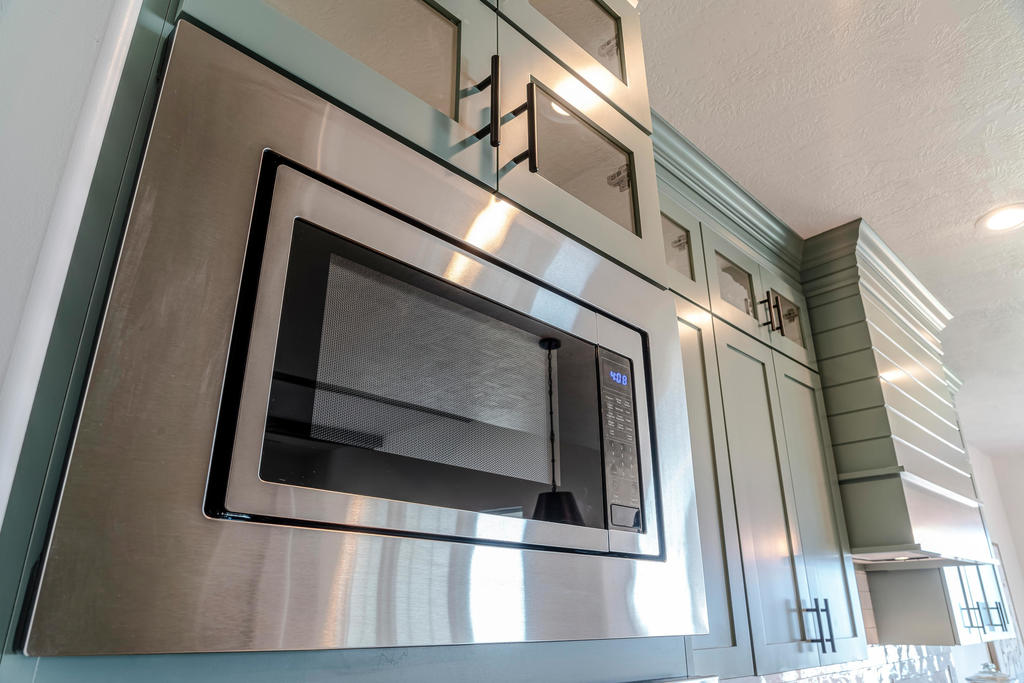
| Efficiency Levels for Product Class 1 | Efficiency Levels for Product Class 2 | ||
|---|---|---|---|
| Efficiency Level | Standby Power (W) | Efficiency Level | Standby Power (W) |
| EL0: Baseline | 1.0 | EL0: Baseline | 2.2 |
| EL1 | 0.8 | EL1 | 1.5 |
| EL2 | 0.6 | EL2 | 1.0 |
| EL3: Max-Tech | 0.4 | EL3: Max-Tech | 0.5 |
As a result of comprehensive analyses covering market share, markups, energy use, life-cycle cost and impact to manufacturers, the DOE is proposing the following standards for microwave ovens, in accordance with prescribed test procedures and trial standard level 2.
| Product Class | W |
|---|---|
| Microwave-only ovens and countertop convection microwave ovens | 0.6 |
| Built-in and over-the-range convection microwave ovens | 1.1 |
What are other countries doing?
In 1999, the International Energy Agency (IEA) developed the “1-Watt Plan,” which proposed reducing standby power internationally in electronic devices. Many countries have implemented regulations for microwave ovens that are in line with the IEA plan.
The Korea Energy Management Corporation developed the e-standby program, establishing a mandatory standby power limit of 1.0 W for microwave ovens that became effective in 2010. Japan’s Top Runner Program requires appliance manufacturers’ declaration to reduce standby power consumption of microwave ovens without a timer as close to 0 W as possible. For models with a timer, the limit is 1.0 W.
In Europe, the Commission of the European Communities pushed for Ecodesign requirements for standby and off mode electric power consumption.
| Mode | Max Power (W) Tier 1 (12/17/2009) | Max Power (W) Tier 2 (12/17/2012) |
|---|---|---|
| Off (no function) | 1.0 | 0.5 |
| Standby (only reactivation function) | 1.0 | 0.5 |
| Standby (info or status display + reactive function) | 2.0 | 1.0 |
How much energy can we save?
Because models with lower standby power consumption are simply prioritizing standby power performance from the system-level board design rather than implementing specific technology options, the DOE believes that added costs to manufacturers would mostly be related to conversion rather than fundamental product costs.
With a consumer payback period of 1.3 years, the DOE estimates cumulative energy savings of 60 trillion BTU and emissions reduction of nearly 2 million metric tons of CO2.
For more rulemaking information and development activities related to microwave oven standards, please refer to docket EERE-2017-BT-STD-0023 on the regulations.gov website.
